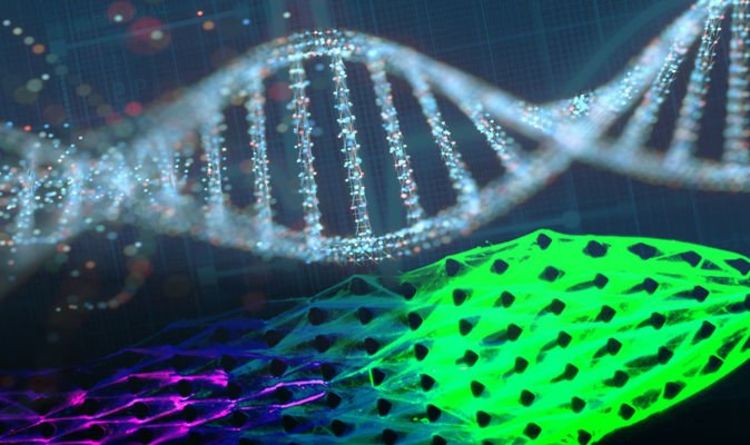A team of scientists at Cornell University has developed a material that is powered by artificial metabolism and is lifelike. However, don’t be mistaken; we are indeed talking about machines and not living organisms. Prof. Dan Luo from Cornell’s College of Agriculture and Life Sciences said, ‘We are introducing a brand-new, lifelike material concept powered by its very own artificial metabolism. We are not making something that’s alive, but we are creating materials that are much more lifelike than have ever been seen before.’

Although DNA is genetic material, it is also a polymer that is capable of transformation and adjustments. That is what the scientists did actually; they made use of DNA-based Assembly and Synthesis of Hierarchical (DASH) material for developing a particular artificial DNA material that exhibits lifelike capabilities.
Earlier this month, a paper was published in Science Robotics where all the details of this amazing feat of science and engineering were covered. The lifelike machines are required to mimic life or the behavior of a living organism. What’s the problem with achieving that? The living organisms are well-designed systems capable of self-sustainability. This is achieved via biosynthesis and biodegradation; making of new cells and decay of the old ones.

The team of scientists at Cornell developed a biomaterial on the nanoscale (the base sequence is only 55 nucleotide seeds). This biomaterial was capable of emerging into polymers and then into mesoscale shapes autonomously. The DNA molecules ended up multiplying for a number times and subsequently grew to a few millimeters in size. Once this was achieved, a special liquid was injected in a microfluidic device that gives energy and the required building blocks for biosynthesis. By making use of this solution, the DNA was able to synthesize new strands causing the end of the material to grow while its tail degraded.
This basic locomotion ability allowed scientists to race these lifelike machines against one another. Shogo Hamada, a research associate and lecturer at Cornell, said, ‘Even from a simple design, we were able to create sophisticated behaviors like racing. Artificial metabolism could open a new frontier in robotics. The designs are still primitive, but they showed a new route to create dynamic machines from biomolecules. We are at a first step of building lifelike robots by artificial metabolism.’

The researchers are currently working on programming the material so that it becomes capable of recognizing various stimuli and of being able to differentiate things on its own. Professor Luo said, ‘Everything from its ability to move and compete, all those processes are self-contained. There’s no external interference.’


